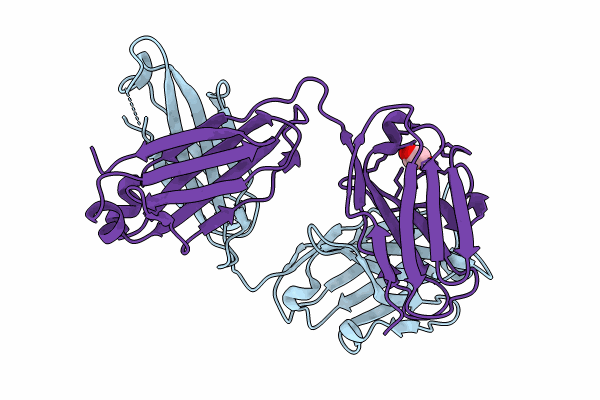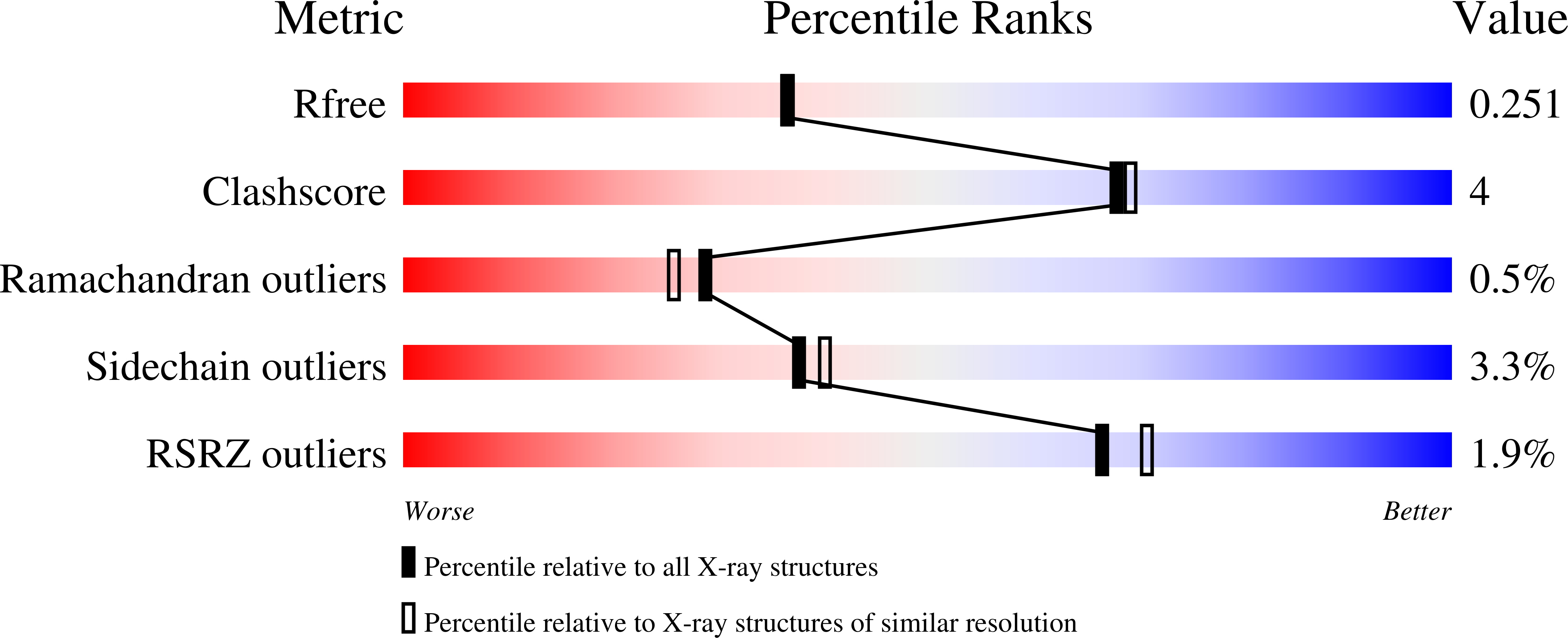
Deposition Date
2023-07-19
Release Date
2023-11-22
Last Version Date
2024-10-23
Entry Detail
PDB ID:
8TI4
Keywords:
Title:
monovalent bispecific IgG antibodies through novel electrostatic steering mutations at the CH1-CL interface
Biological Source:
Source Organism:
Homo sapiens (Taxon ID: 9606)
Host Organism:
Method Details:
Experimental Method:
Resolution:
2.10 Å
R-Value Free:
0.25
R-Value Work:
0.20
Space Group:
P 21 21 21


